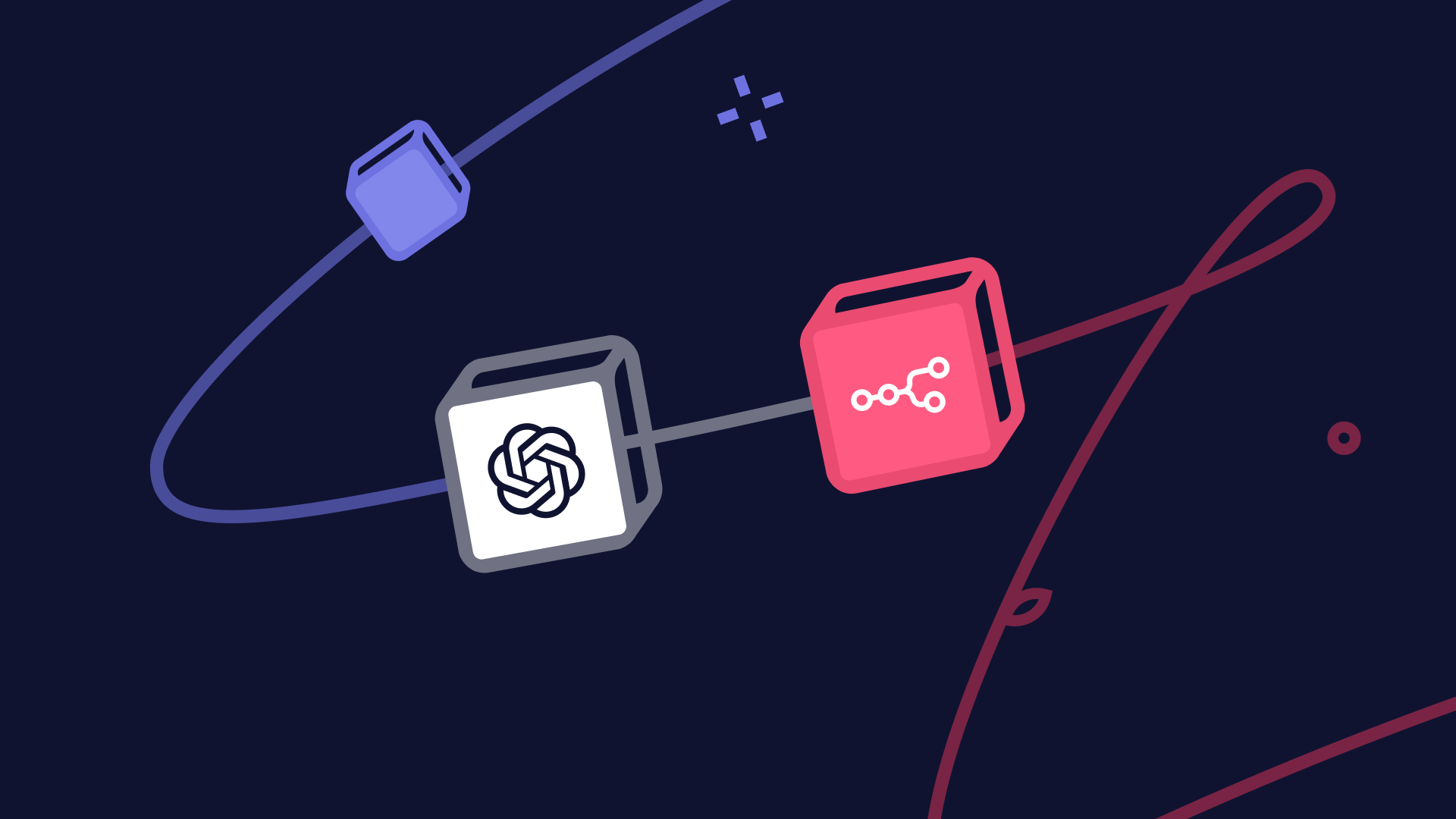In today’s fast-paced world of artificial intelligence, building powerful AI agents has become easier than ever—especially when you have the right tools. In this blog post, we’ll explore seven incredible AI agent tools that seamlessly integrate with n8n, helping you streamline workflows, enhance productivity, and unlock new capabilities in your AI development journey. These tools will significantly elevate your AI agent-building game.
1. Open Router
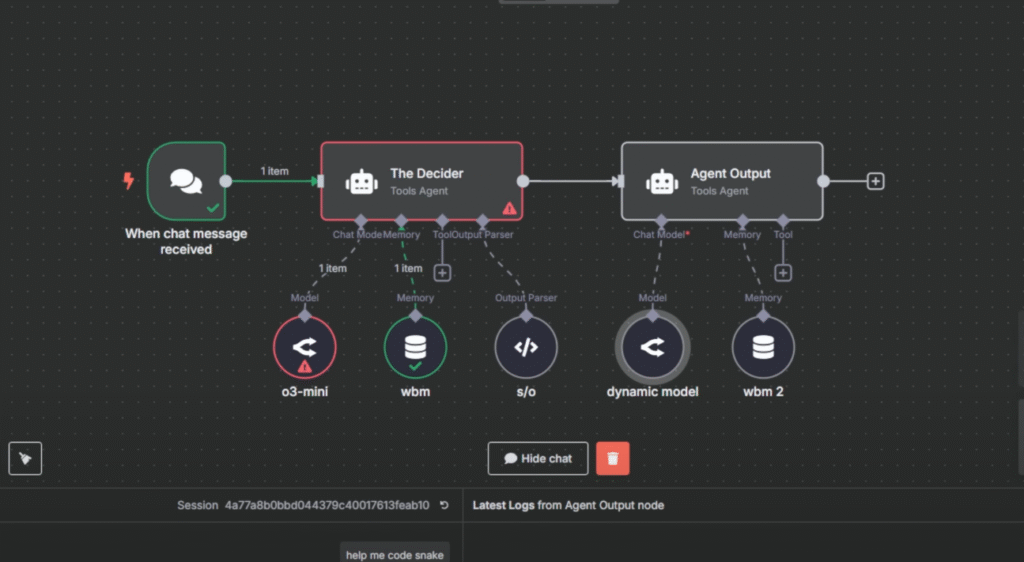
Use Case:
Open Router acts as an LLM aggregator, allowing users to access and switch between over 428+ large language models (including Gemini 2.5 Pro, GPT-4o, Claude 3.5, etc.) through a single interface.
Key Features & Applications:
- Model switching: Dynamically choose the best model for a task (e.g., coding with Claude, research with Perplexity).
- Cost filtering: Find the most affordable LLMs.
- Custom filters: Select models by context window, domain expertise (science, finance), or structured output support.
- No subscriptions: Pay-as-you-go with credit loading.
- Integration: Easily plug into AI workflows using API keys.
Real-World Use:
- Build routing agents that select the optimal LLM based on user queries.
- Streamline testing and deployment across multiple models without separate accounts.
2. Firecrawl
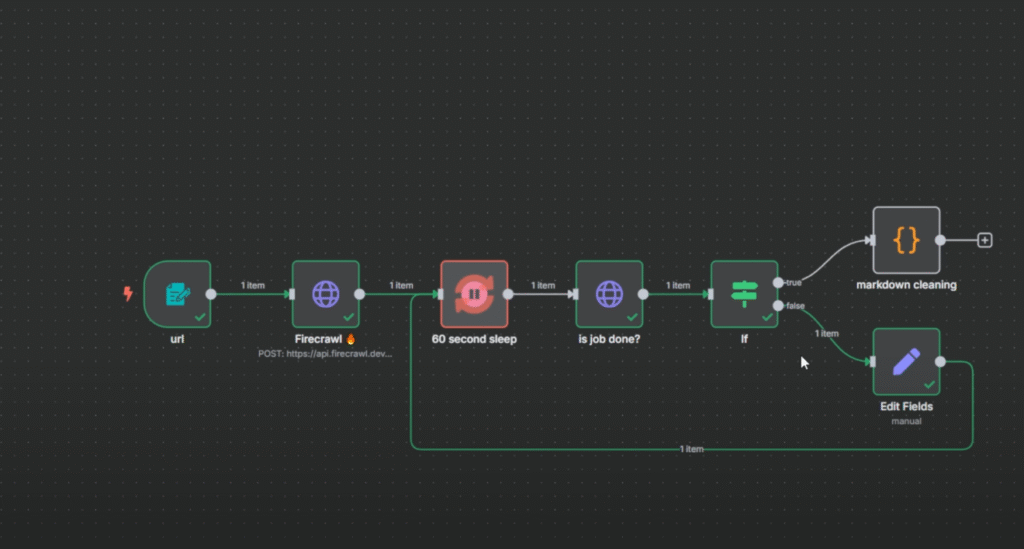
Use Case:
Firecrawl is a powerful web scraping and data extraction tool that converts websites into structured data formats like JSON, Markdown, HTML, or screenshots.
Key Features & Applications:
- Single-page or full-site crawling: Extract all pages from a website.
- Custom extraction prompts: Define what data to extract (e.g., product names, prices, company mission).
- Playground for experimentation: Test scrapes before integrating into automations.
- Crawl, map, or search websites: Flexible options for different use cases.
Real-World Use:
- Automatically extract documentation from platforms like Airtable or Notion.
- Gather market data, news, or competitor analysis from the web.
- Power RAG systems with up-to-date web content.
3. Llama Parse
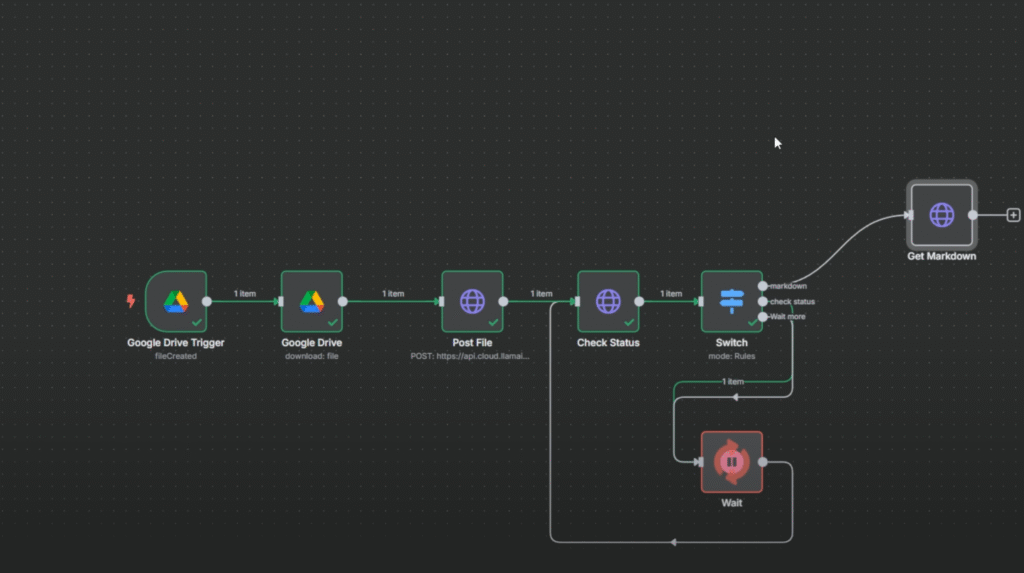
Use Case:
Llama Parse converts unstructured documents (PDFs, DOCX, PPTX, audio files) into clean, machine-readable formats like Markdown or JSON.
Key Features & Applications:
- Support for 20+ file types, including PDFs, Word docs, and audio transcripts.
- Handles complex layouts: tables, charts, images.
- Free plan available; paid plans offer higher throughput and advanced features.
Real-World Use:
- Convert research papers, contracts, or reports into structured data for downstream processing.
- Integrate with vector databases or RAG systems for knowledge retrieval.
- Automate document parsing via Google Drive triggers.
4. API Template IO
Use Case:
API Template IO allows you to generate professional PDFs and images programmatically using customizable templates.
Key Features & Applications:
- Drag-and-drop template builder.
- Dynamic field replacement using JSON data.
- Supports complex formatting, charts, and conditional logic.
- Integrates directly with no-code platforms like Make, Zapier, and n8n.
Real-World Use:
- Generate research reports, invoices, customer reviews, or sales summaries.
- Create visually appealing reports with citations and graphs.
- Automate report generation within AI workflows.
5. Airtable
Use Case:
Airtable serves as a centralized relational database and automation hub, combining the simplicity of spreadsheets with advanced database functionality.
Key Features & Applications:
- Create linked records across tables.
- Build dashboards, forms, and interfaces.
- Set up internal automations and scripts.
- Native integrations with n8n, Zapier, and Make.
Real-World Use:
- Store and organize research findings, YouTube analytics, customer data, or project timelines.
- Trigger automations from form submissions.
- Build AI-powered apps with dynamic data connections.
6. QuickChart.io
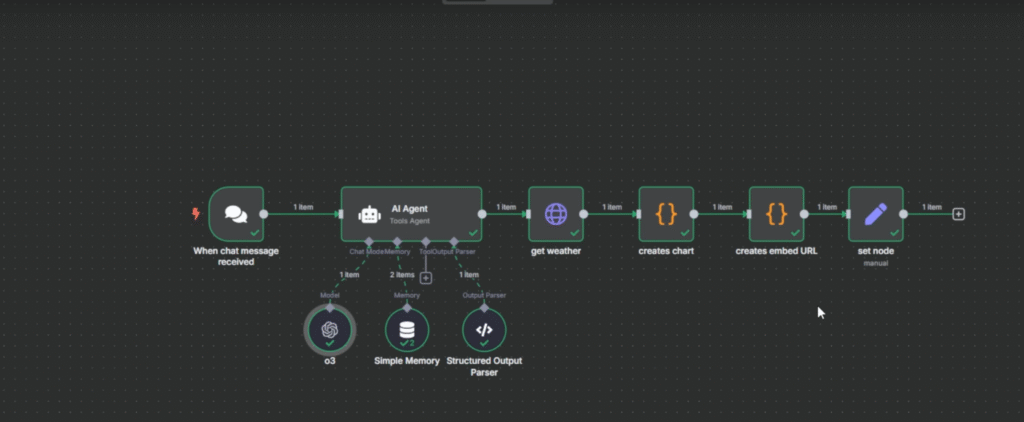
Use Case:
QuickChart.io enables programmatic chart and graph generation using the Chart.js library, ideal for embedding visuals in reports or dashboards.
Key Features & Applications:
- Over 20 chart types: bar, line, pie, radar, stacked graphs, and more.
- URL-based image generation—no coding required if trained on config syntax.
- Easy integration into AI workflows.
Real-World Use:
- Visualize weather trends, financial reports, or YouTube analytics.
- Embed dynamic charts into PDFs generated via API Template IO.
- Build custom dashboards with live data visualization.
7. Supabase
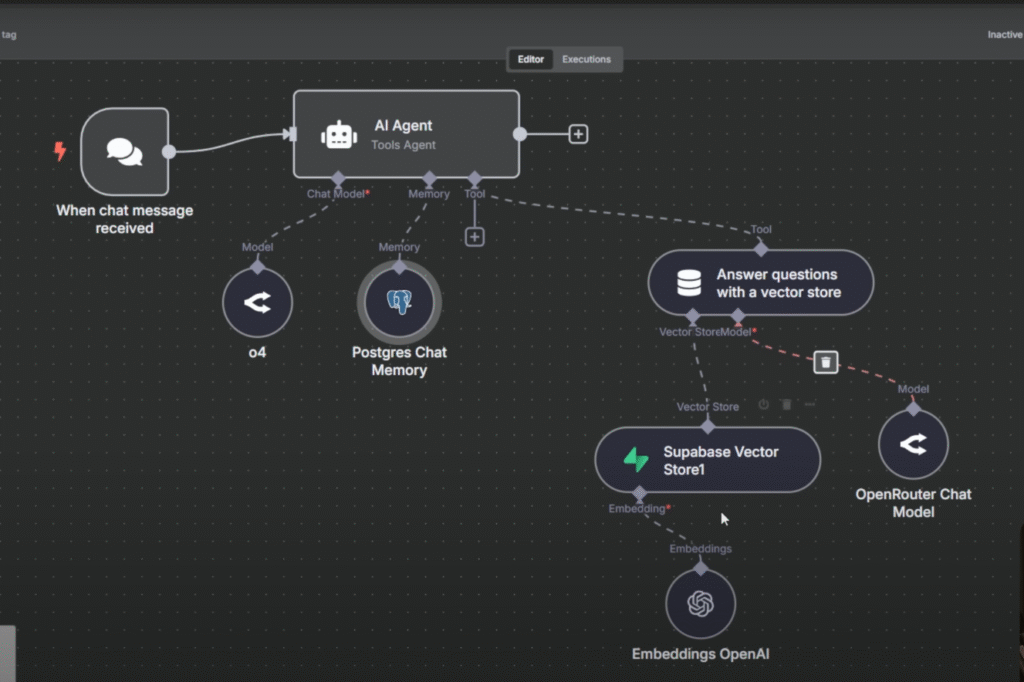
Use Case:
Supabase provides a scalable cloud database with vector search capabilities, making it ideal for implementing long-term memory and RAG systems in AI agents.
Key Features & Applications:
- Vector embeddings for retrieval-augmented generation (RAG).
- Real-time data synchronization.
- Customizable access controls and scalable storage.
- Long-term memory tracking of conversations and personal data.
Real-World Use:
- Train personalized AI assistants with private documents (e.g., bio PDFs, video transcripts).
- Implement chat memory systems so agents remember past interactions.
- Build enterprise-grade knowledge management tools with persistent memory.
| Tool | Primary Use | Best For |
|---|---|---|
| Open Router | LLM Aggregation & Switching | Model testing, dynamic routing |
| Firecrawl | Web Scraping & Extraction | Research, documentation gathering |
| Llama Parse | Document Parsing | PDF/DOCX → structured data |
| API Template IO | PDF/Image Generation | Reports, invoices, visual summaries |
| Airtable | Data Organization & Automation | Centralized database, dashboards |
| QuickChart.io | Chart & Graph Generation | Analytics, visual reporting |
| Supabase | Long-Term Memory & RAG | Personalized AI, knowledge retrieval |
Final Thoughts
Building intelligent AI agents doesn’t have to be complicated. With the right tools, you can automate complex workflows, extract valuable insights, and build personalized experiences—all without writing a single line of code.
Whether you’re just starting out or scaling up your AI operations, these seven tools—Open Router, Firecrawl, Llama Parse, API Template IO, Airtable, QuickChart.io, and Supabase—will empower your n8n-based AI agents to perform at their best.
If you’re interested in diving deeper into any of these tools or seeing full tutorials on how to implement them in n8n, feel free to leave a comment below or join our AI Foundations community for exclusive courses, live workshops, and networking opportunities.
